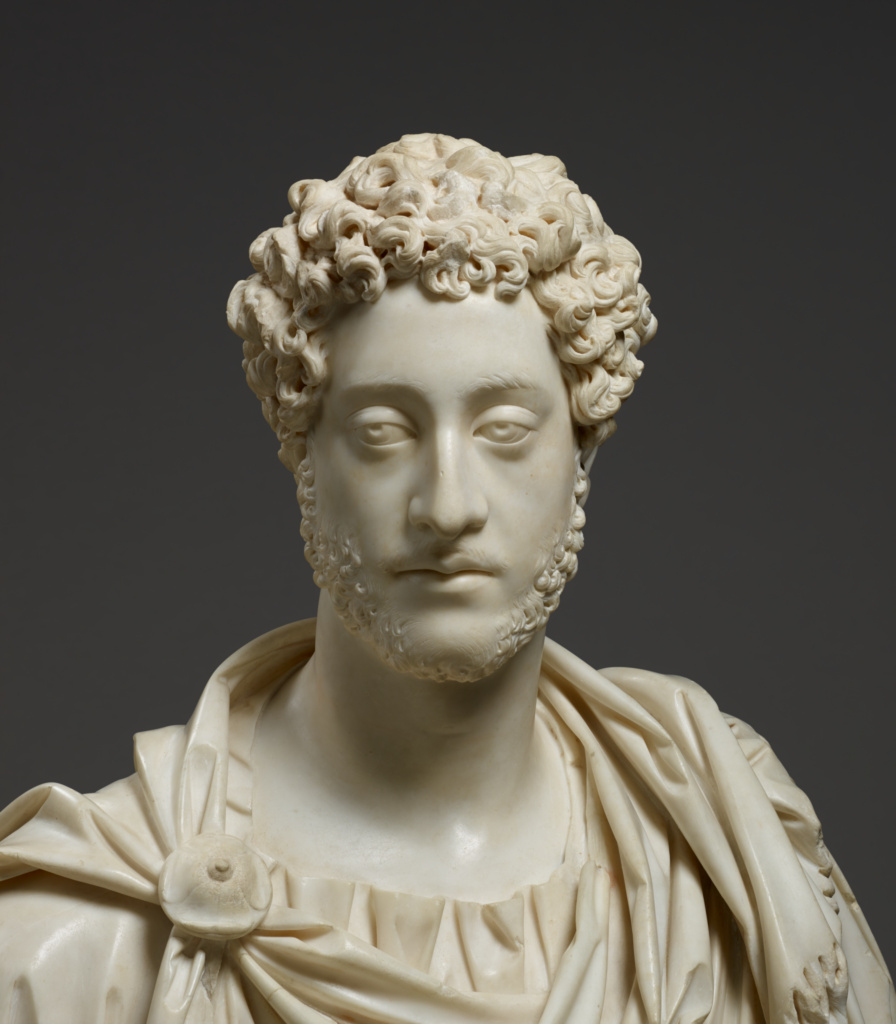Warning: Undefined variable $num in /home/shroutdo/public_html/courses/wp-content/plugins/single-categories/single_categories.php on line 126
Warning: Undefined variable $posts_num in /home/shroutdo/public_html/courses/wp-content/plugins/single-categories/single_categories.php on line 127
One of the most relaxed places I have always loved going to yearly has been the Getty Villa Museum. Located around Malibu, this is a museum based off of the Villa of the Papyri (a Roman villa buried in the Mount Vesuvius in the eruption of 79 CE) and mainly features various Greco-Roman artifacts, three of which I have reflected on since. One of the artifacts I first reflected on once I arrived there was the Parthian silver ware. It reminded me of how wealthy some parts of the feudalistic Parthian Empire was and those the brief moments of peace with the Roman Empire that allowed traders came from cities like Ctesiphon in Mesopotamia to trade with the Romans to reflected the interconnections of that world. Later on, I also was amazed by the intimidating statue of Herakles known as the Lansdowne Herakles. Standing in a domed-cylinder room that felt like a small pantheon dedicated to the Gods, the marble statue of Herakles stood there reflecting the passion of the Greeks for perfection and a belief that humanity can achieve great things when they want to. Yet when I saw the broken off penis of the statue, I was also reminded of how the world of Antiquity changed into a Christian driven world which saw the destruction of the Classical World. As it was a reaction to disasters all around the Roman Empire from diseases, climate change, internal problems, and the Germanic migrations, I could only sigh and move on with over a thousand years of hindsight on my side. Last and third artifact I came across at the museum that I wanted to mention was a bust of Emperor Commodus. This marble statues reminded me of not only the fact statues of the Greco-Roman world were colored, but the transition of the Roman Empire into slow instability due to the craved eyes that reminded me of more emperors that came about that had sculptures that reflected power than wisdom. The Getty Villa shows that history can be told through artifacts if people examined background of such things of the past.


